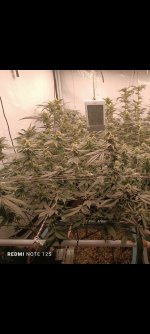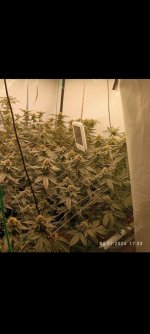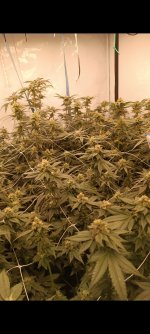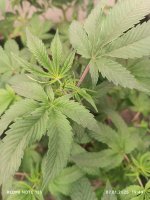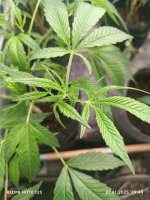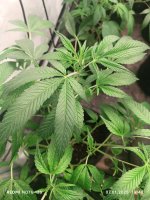I don’t think so.
I live in a small apartment and grow in small cabs and a tent, trying to keep the micro environments in perfect condition in each of my small grows spaces( 2-3 cabs + tent) would be very tedious work and expensive.
I also live in the north, we get cold winters here when the room temperatures get colder and humidity drops to around 20-30% for 6 months+ . It would be very expensive to try to fight these seasonal changes and have the environment in perfect condition thru out the year.
Keeping a res going for coco plants is annoying during winter over here and i would have to have a heater in the res to keep it warm enough. Been there. And hand watering coco is much more annoying than soil growing, i just tried it for few plants some months ago and i find it too tedious compared to soil growing, and i even had some Blumats in the pots helping we with watering the coco..
EC and pH meters need calibration, which is annoying and costs money. Been there. We have stable water here and i never measure pH, nor the EC for my liquid nutes for soil. I do use pH Down but i never measure any pH value.
On top of all that bullshit, now i need a CO2 tank next to my bed, you say? No thanks.
I really do think adding 0,3ml/L of CalMag into my nute solution and keeping my lights hanging high enough is much, much more easier and cheaper than changing to coco and evrything that comes along with it, and going thru all the enviro-control and CO2 nonsense you just mentioned.IMHO.
Peace.
Well, let me tell you are lazy and obviously you are not the creator of the post, so I don`t care about your excuses. Don`t try to bring down my advice just because you have different environment than the creator of the post.
If you don`t want to have control of your parameters, good luck, it is YOUR problem. You wann put CaMg in your NS? DO IT. Your problem. You don`t want to invest on a pH and EC meter, or calibrate them, you don`t invest even 50 dollars in that??? And you throw shit about my advice to other person?? Don`t invest on an airco and I am the one saying bullshit???
Maybe you should start building walls on your campment, if outside temperatures affect you so much hahaha.
Everything you said are excuses of a lazy guy, lazy enough to not even read about what he "knows".
Keep it going and thank to cannabis that is so easy to grow everywhere, even on a fucking desert at 3000 meters at the sea level. And you don`t buy a meter. May God open your eyes.

